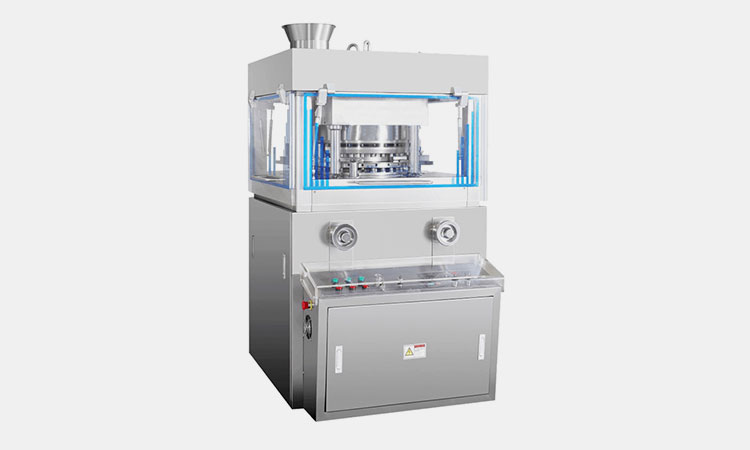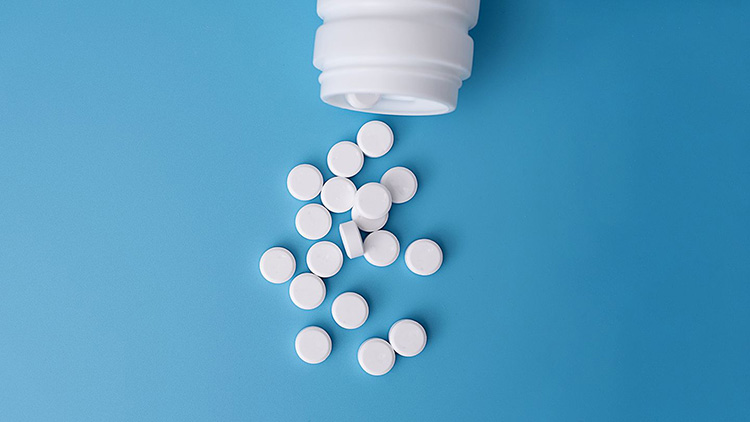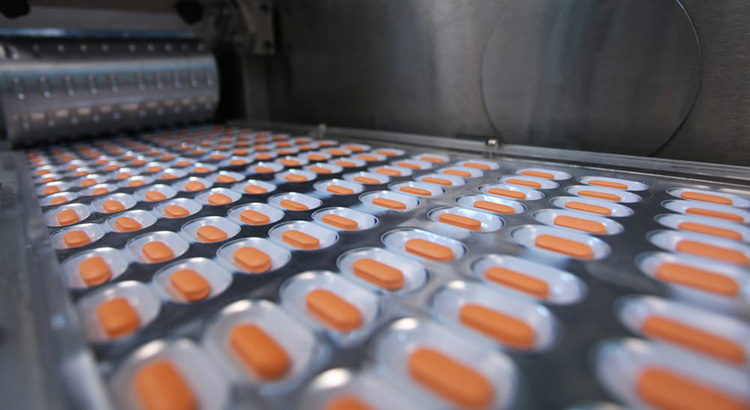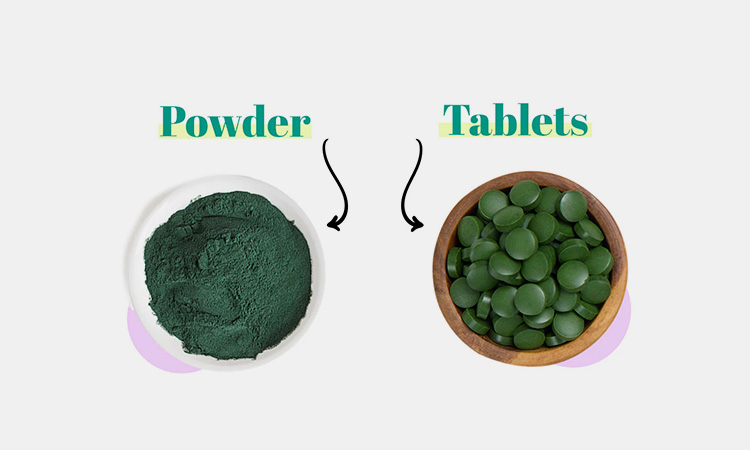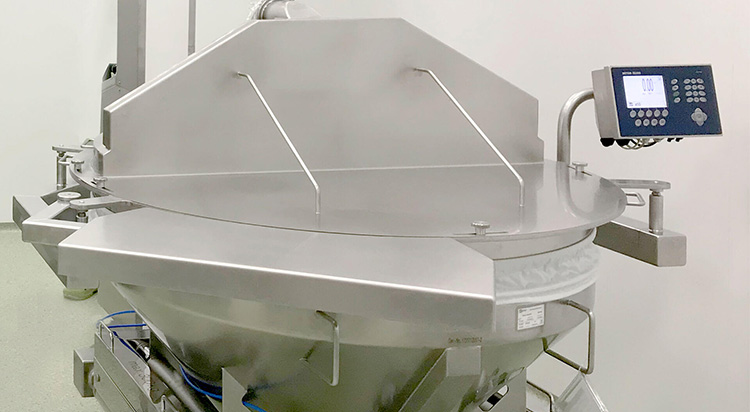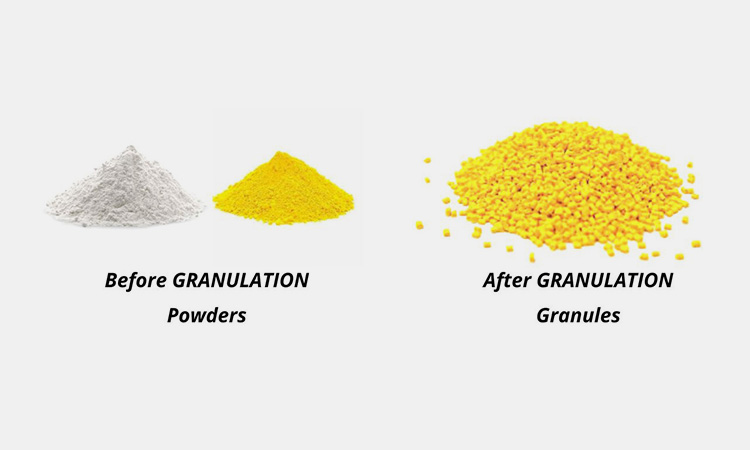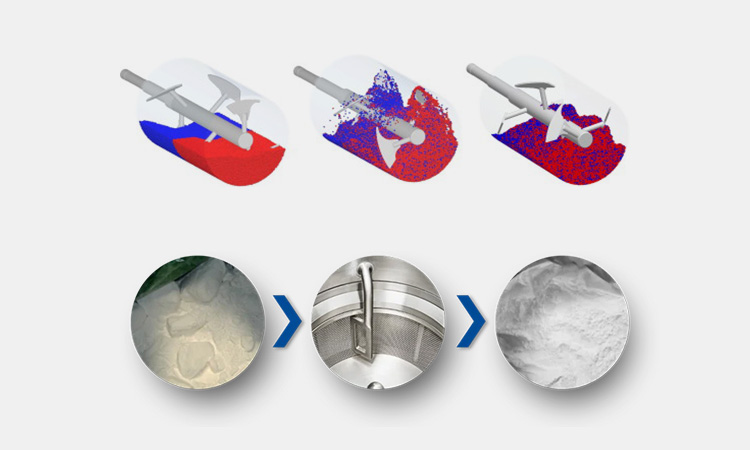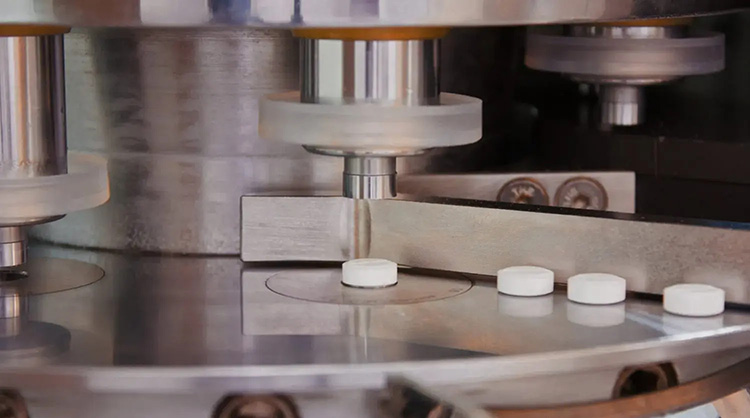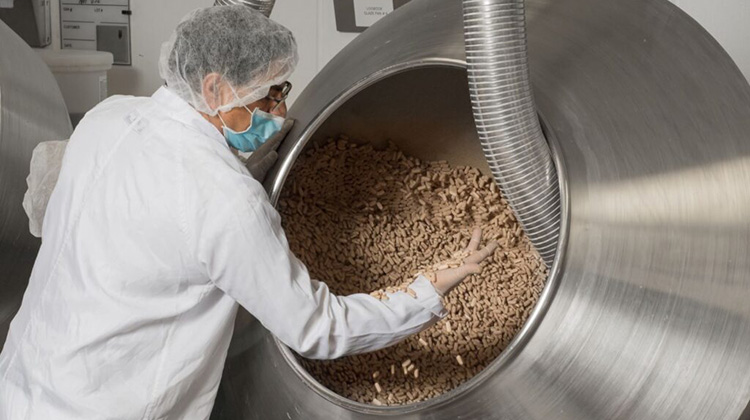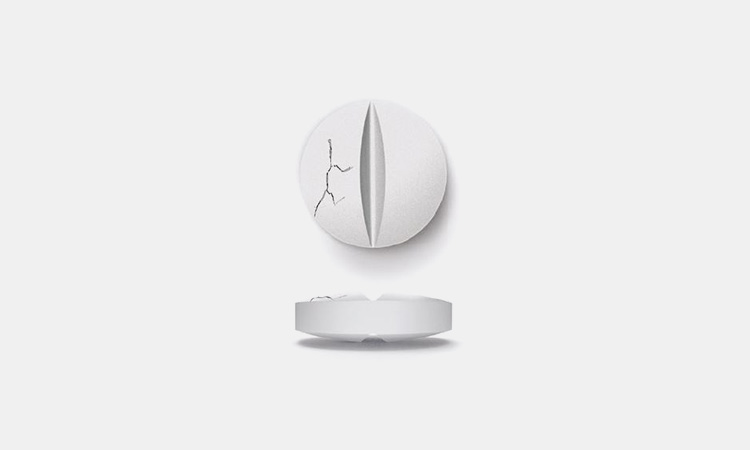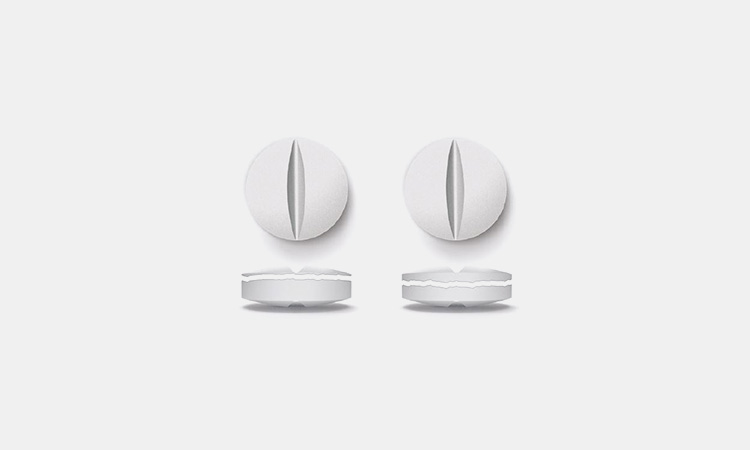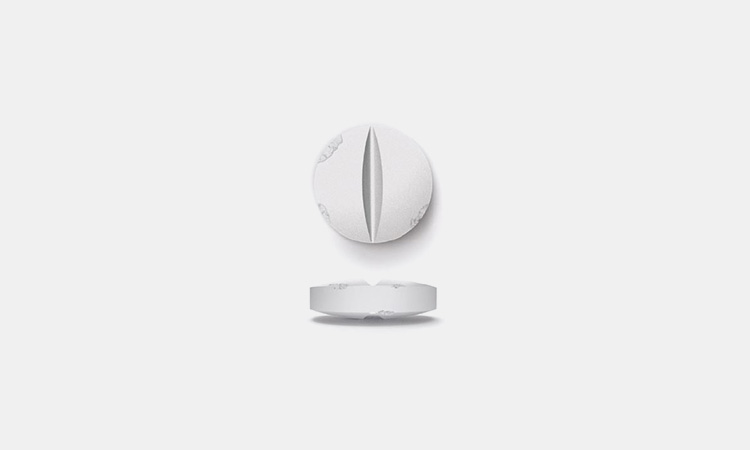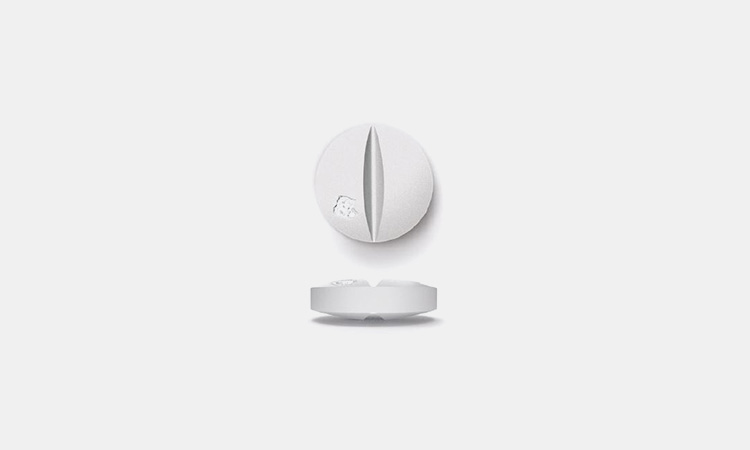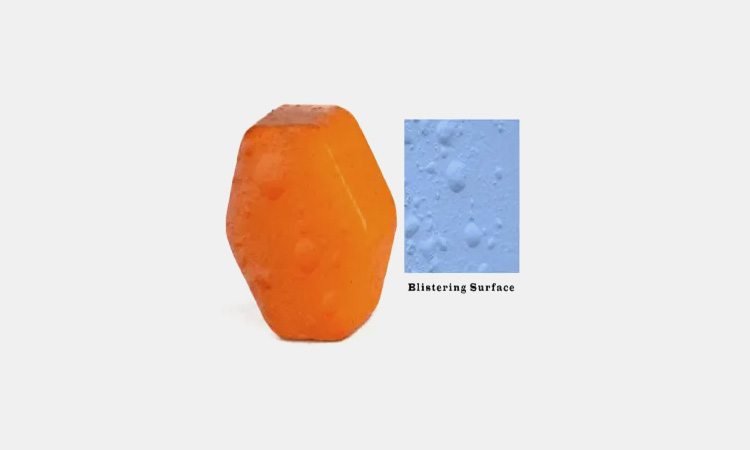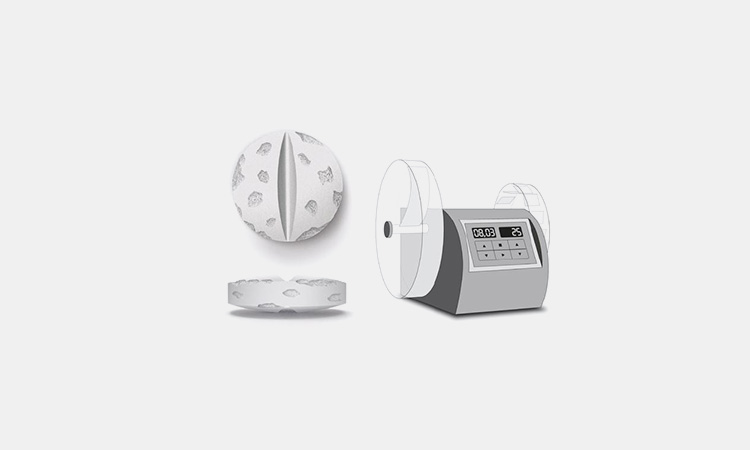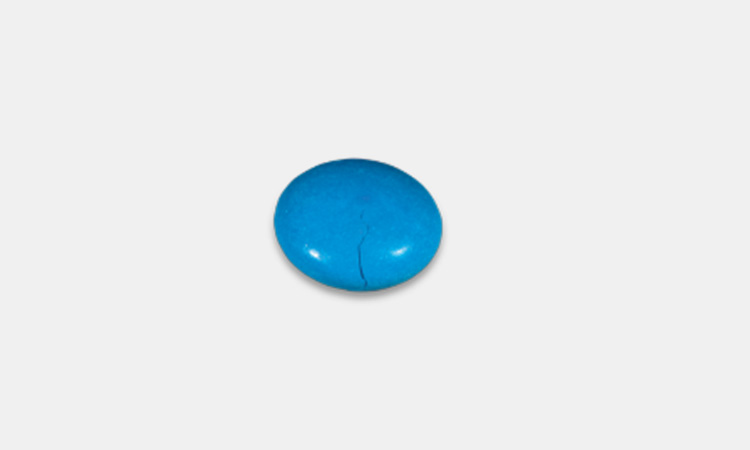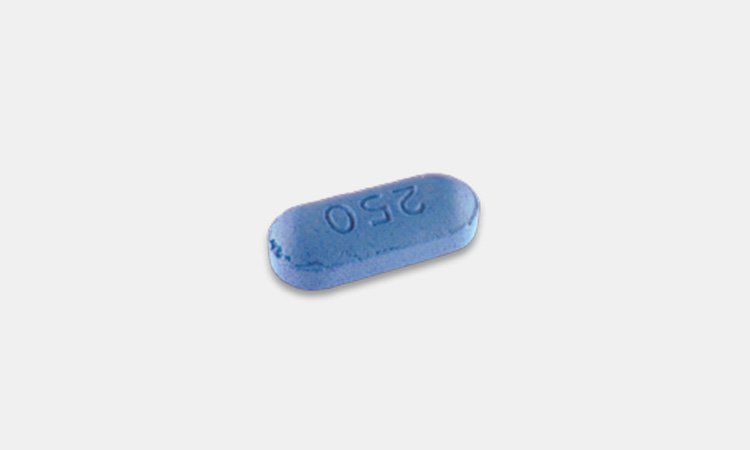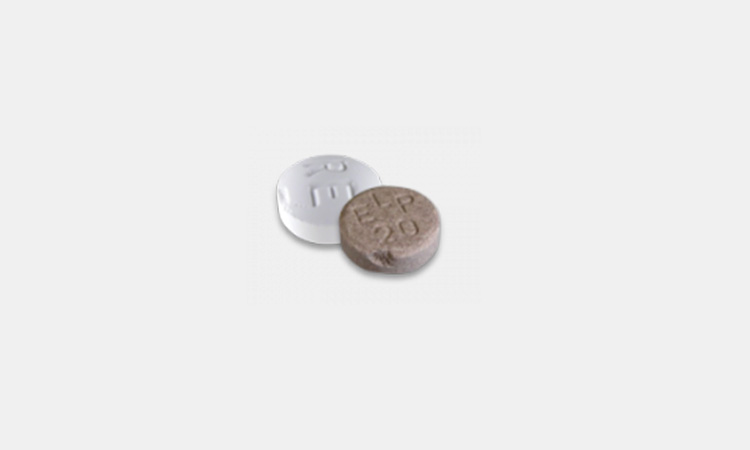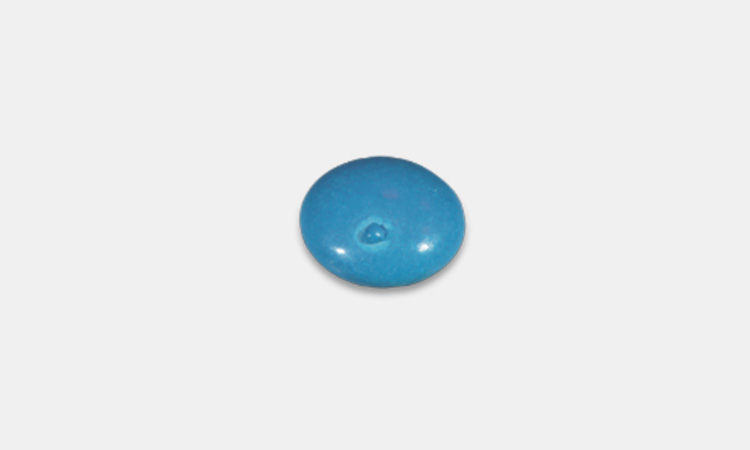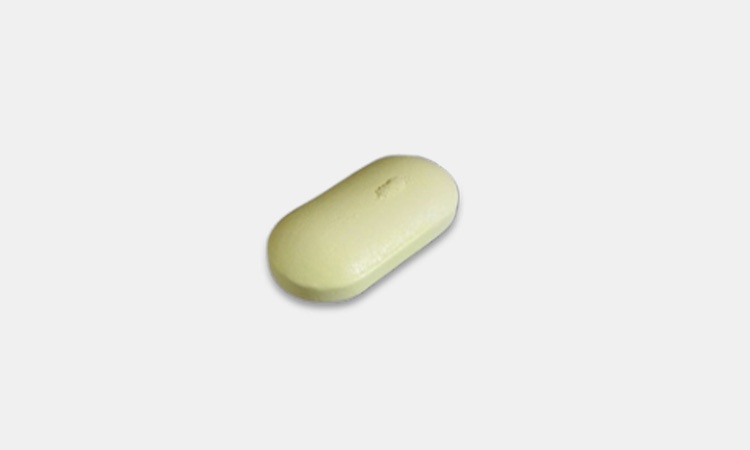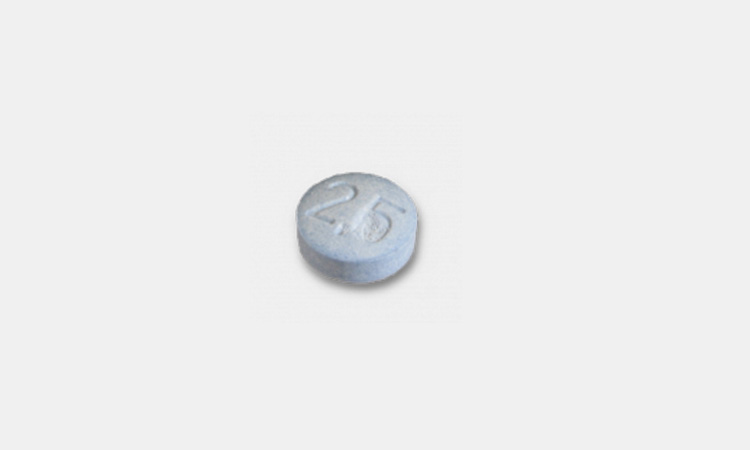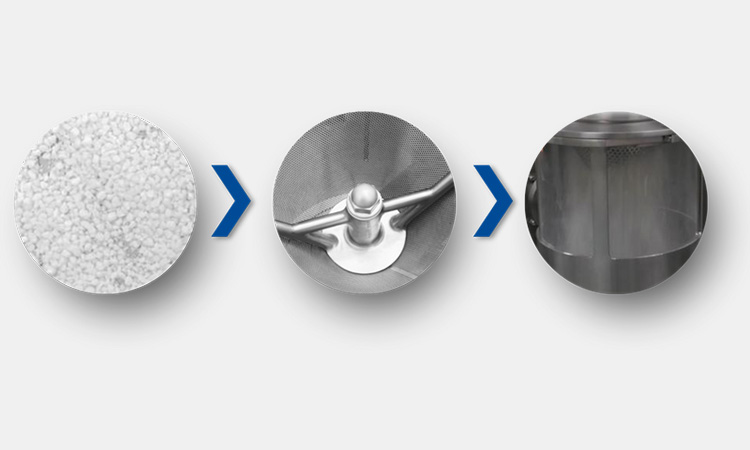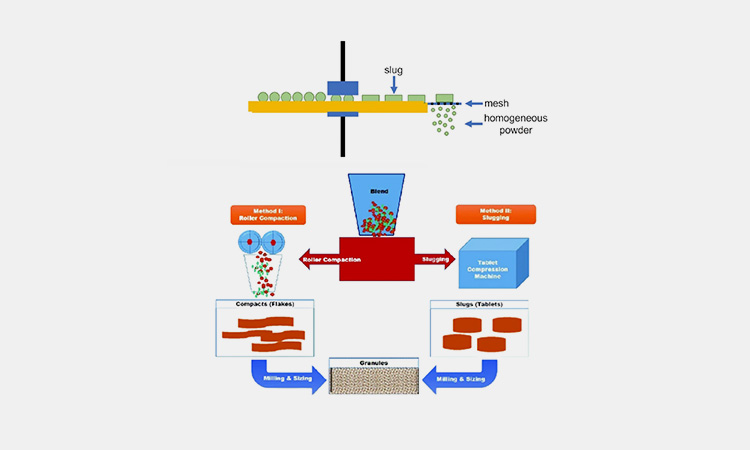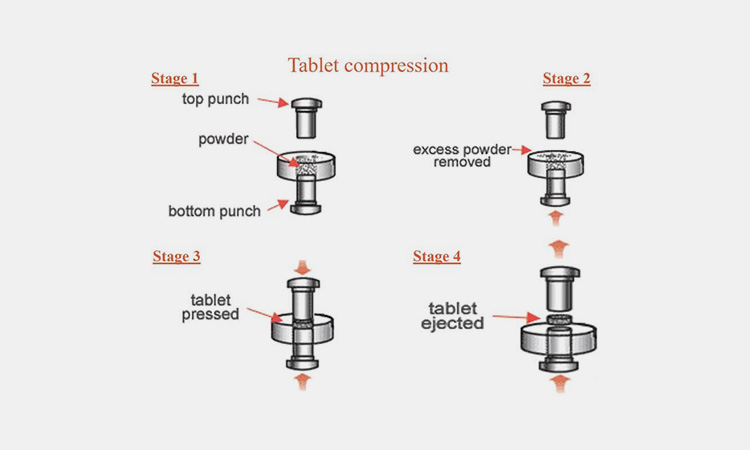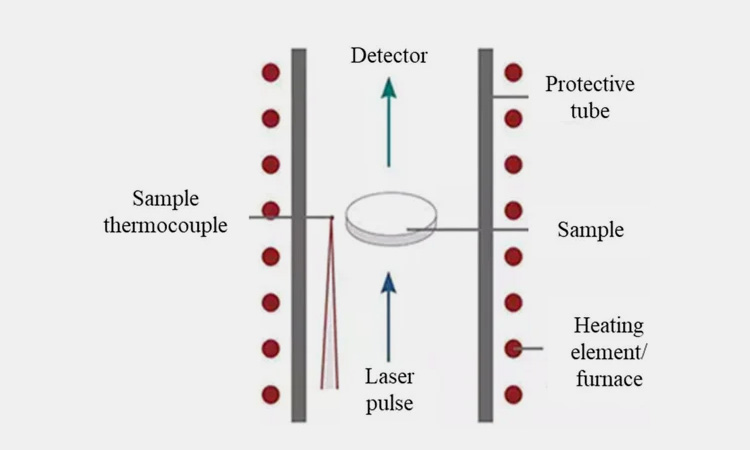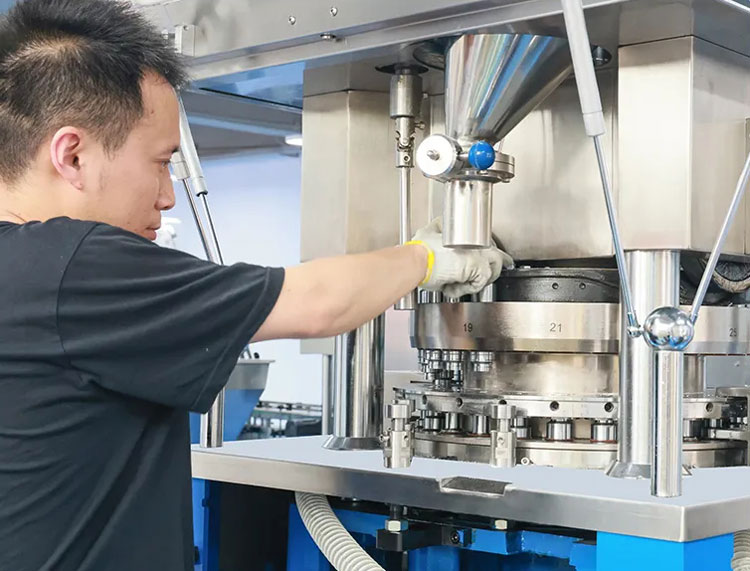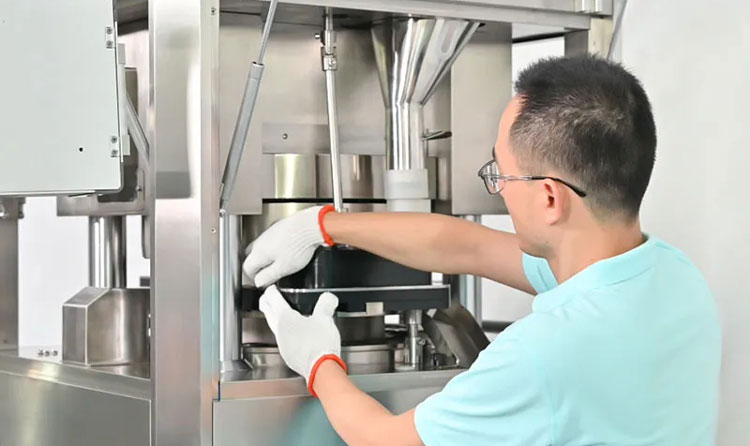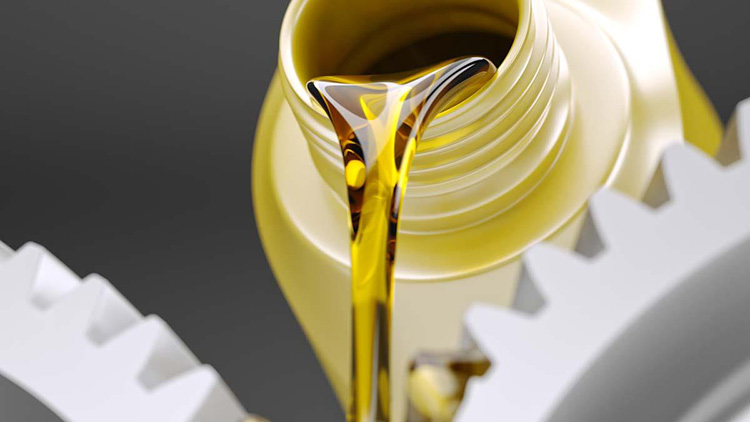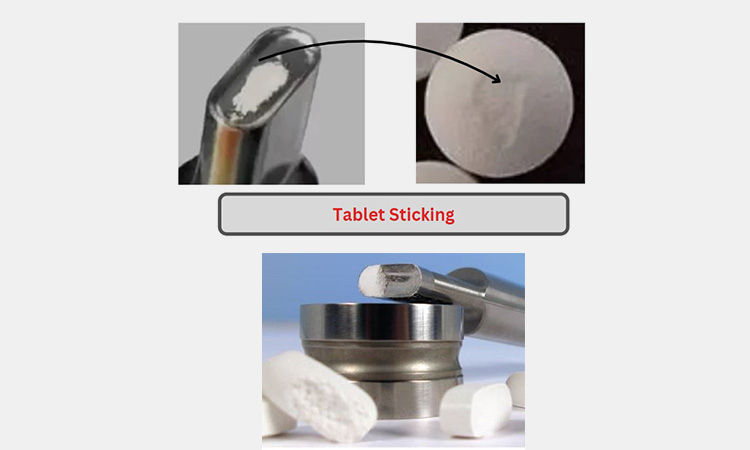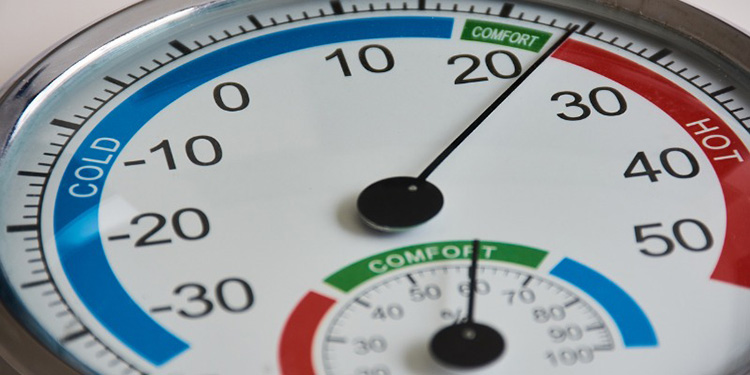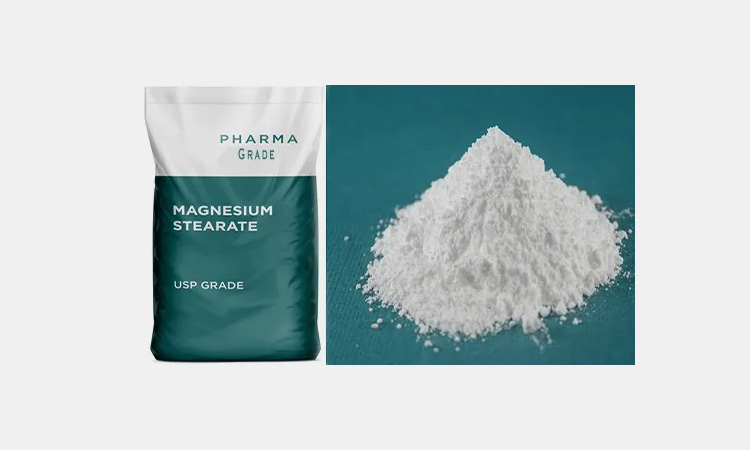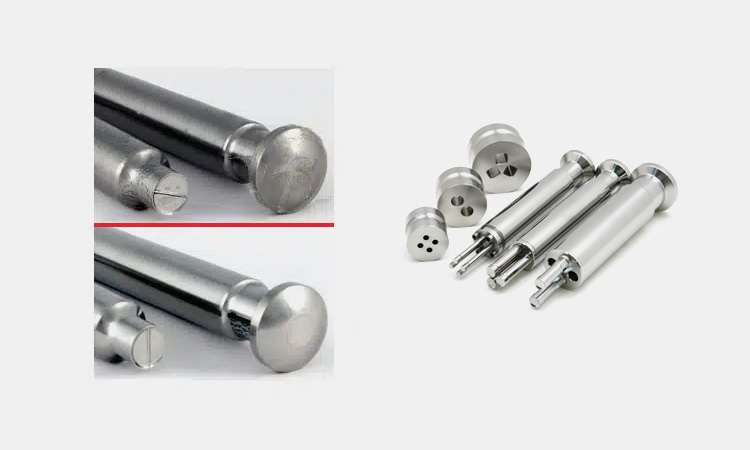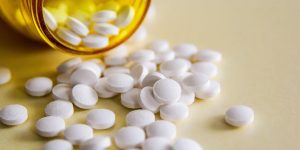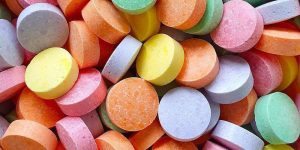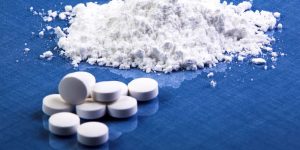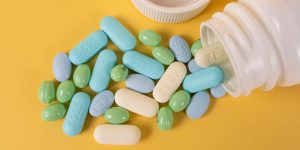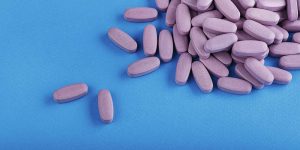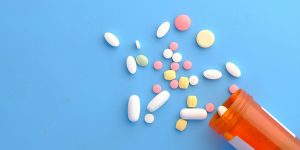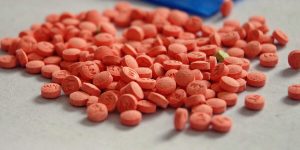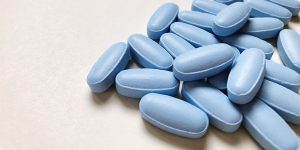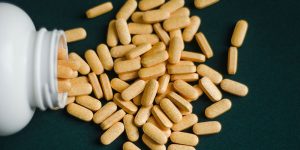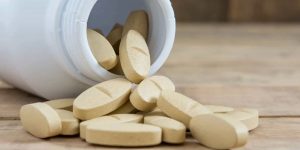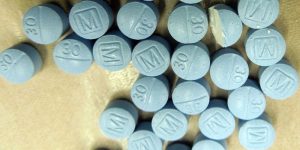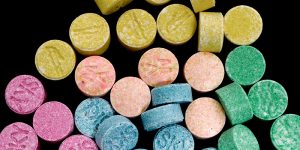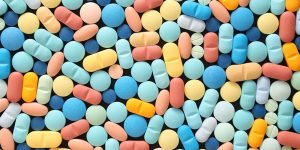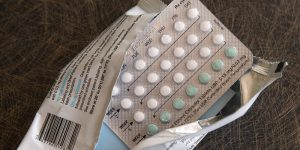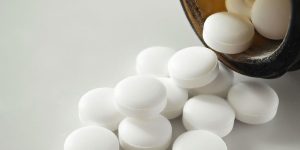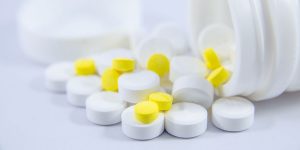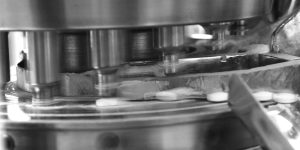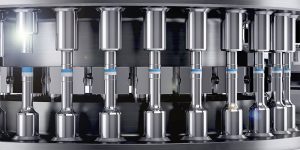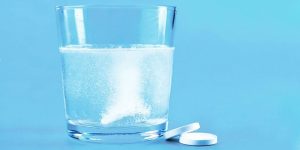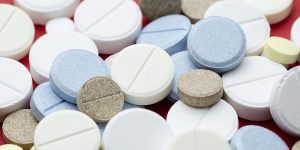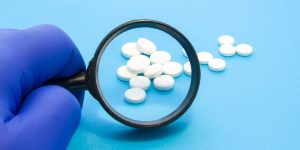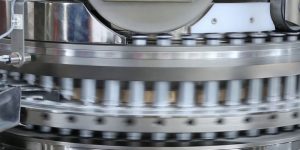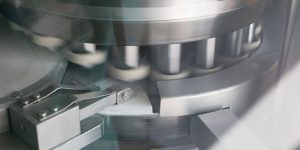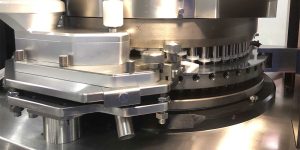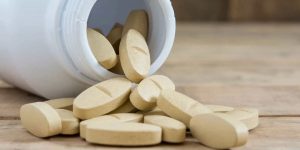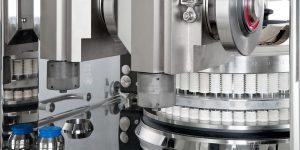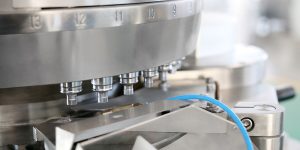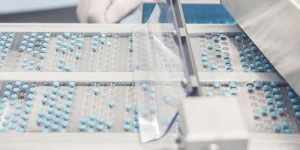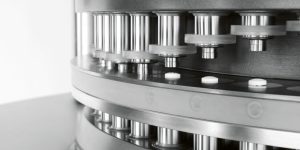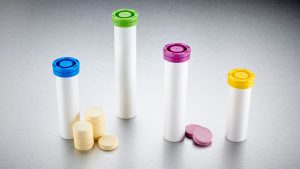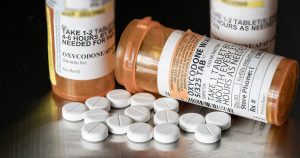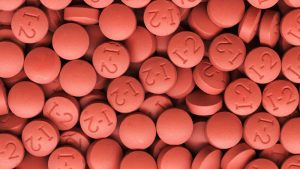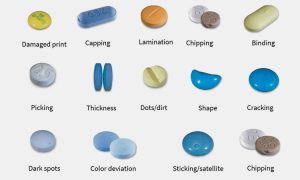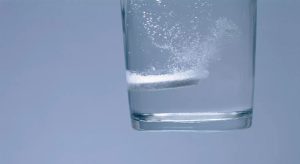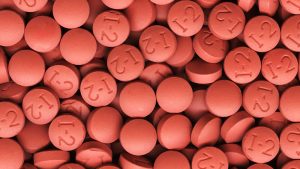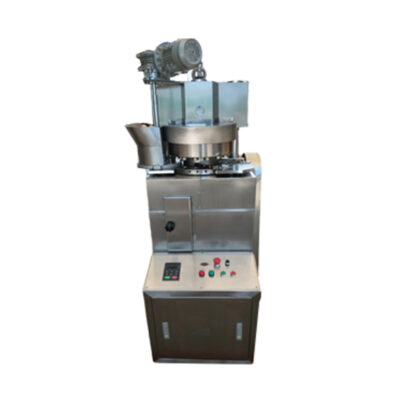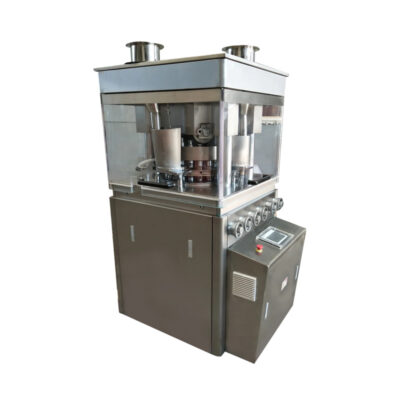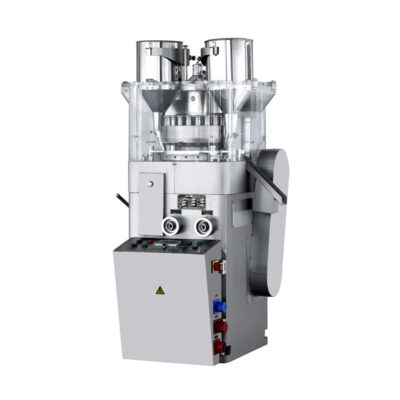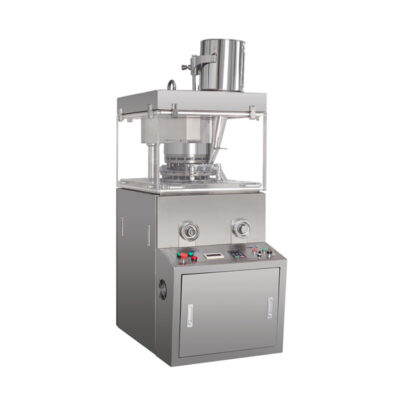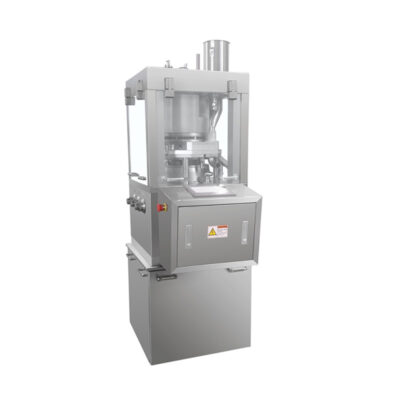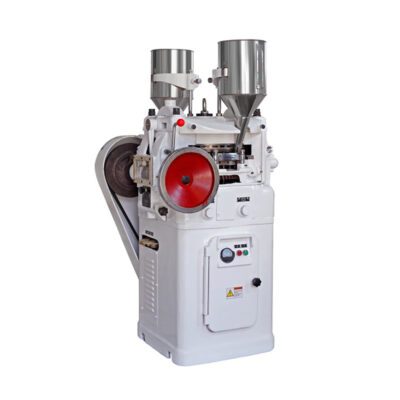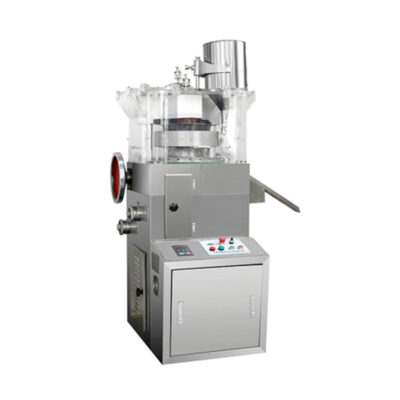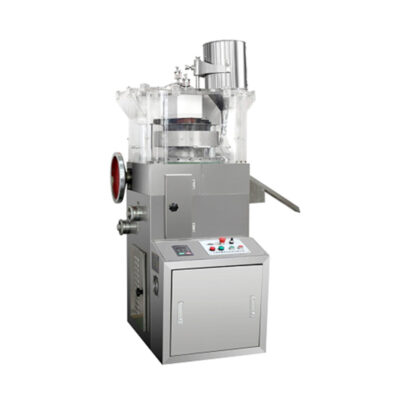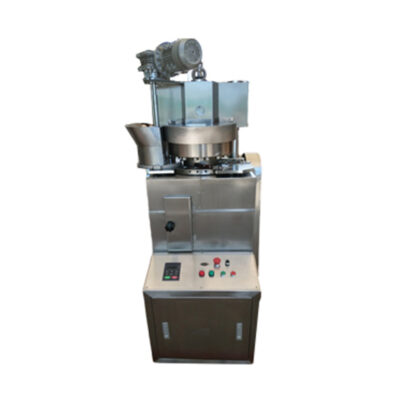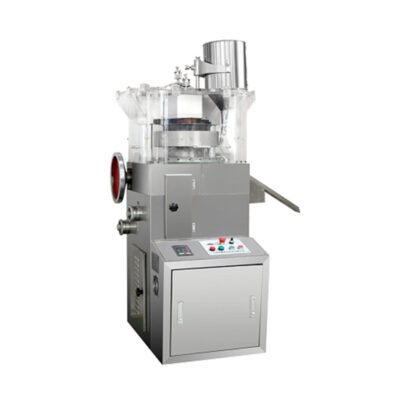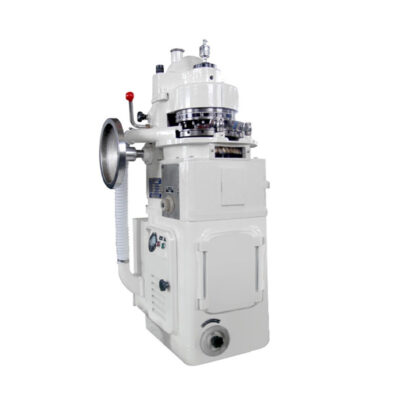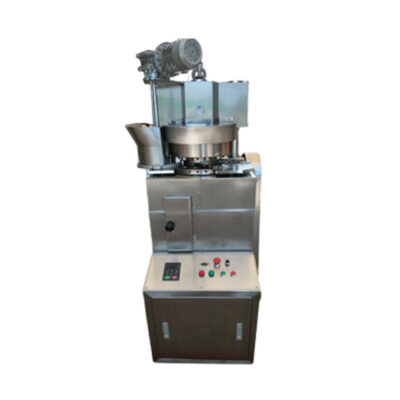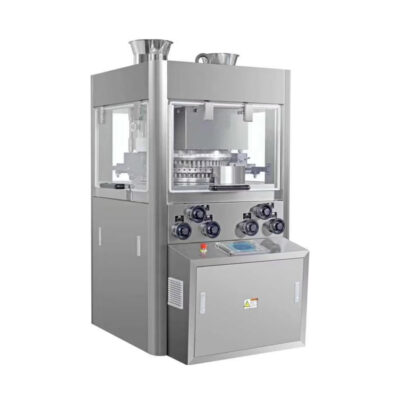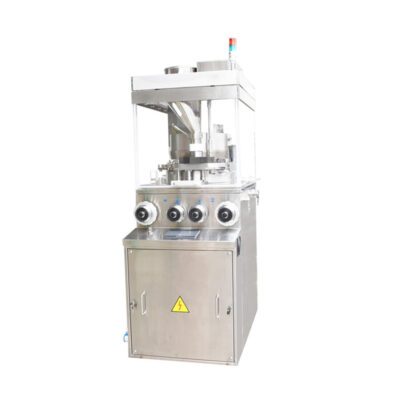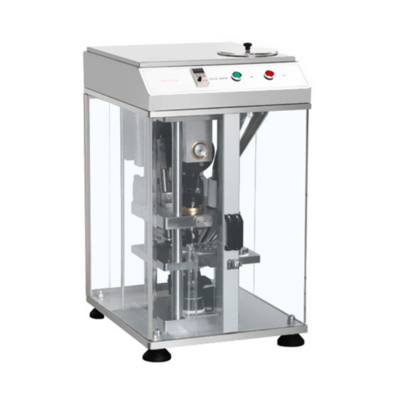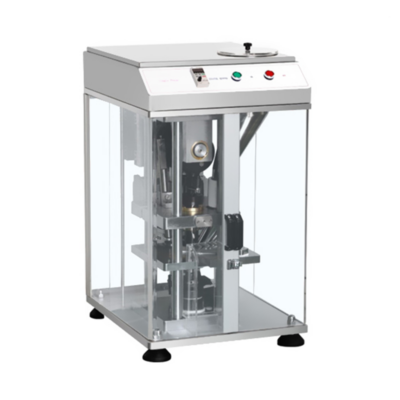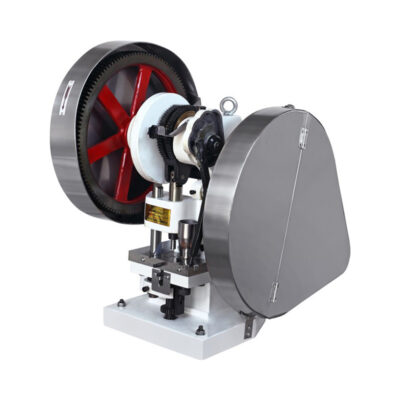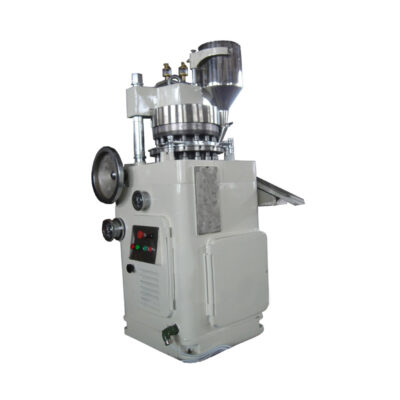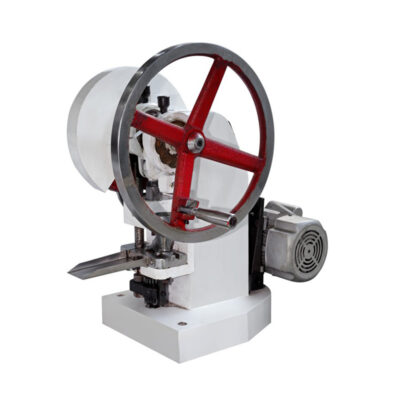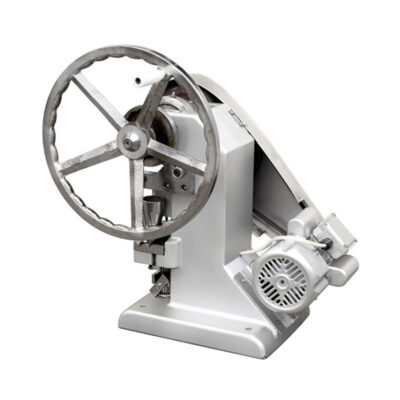Common Problems Of Tablet Manufacturing And Their Solutions
What are the most common problems encountered in the tablet production process? Under what circumstances are defects in tablet production likely to occur? Can these defects be avoided? If so, how to solve such problems? In order to improve the efficiency of tablet production and reduce waste and costs, how to control such problems in the production process?
This post is about how to overcome the negative effects of the tablet manufacturing and forming. It will detail about the common problems of tablet manufacturing and how to solve it. Following the tablet manufacturing and solution post, you will get your high quality tablets.
1.What Is Tablet And Tablet Manufacturing?
What Is Tablet-sourced: everydayhealth
Tablets refer to a common type of pill. They are mainly taken orally. Tablets are generally made from granules or powders through various processing, sieving and pressing methods. They come in a variety of types, sizes, sizes, colors and shapes. And are taken orally and disintegrate and are absorbed after reacting with saliva.
What Is Tablet Manufacturing-sourced: smpnutra
Tablet manufacturing refers to the process of mixing the powdered and granular drug materials you need to make with various additives, active ingredients and excipients. After processing, these materials are compressed or granulated through various pharmaceutical equipment, such as tablet presses or granulators. The powdered and granular materials are converted into a solid dosage form that is convenient for oral use by humans or animals.
2.How Are Tablets Manufactured?
The most commonly used tablet production process on the market is as follows:
Material selection
Material selection-sourced: organicburst
Select suitable and high-quality materials according to the formula you choose. These include active pharmaceutical ingredients, excipients and other additives. Before use, the purity, characteristics and efficacy of the materials need to be tested and verified.
Weighing and distribution
Weighing and distribution-sourced: lbbohle
Distribute and weigh the raw materials according to the formula. Different raw materials have different dosages, steps and methods of addition. If there are differences from the standards set by the formula, it will affect the final molding and drug effect of the tablets.
Granulation
Granulation-sourced: imdip
Wet or dry granulate particles and drug powders of different sizes to improve their compressibility and density. Screen and select the granulated drug mixture. This will facilitate subsequent mixing and compression.
Mixing
Mixing-sourced: sciencedirect
Mix the granulated powder raw materials evenly. In this step, you can add different excipients and additives according to the steps to help the subsequent molding of the tablets.
Compression
Compression-sourced: huadapharma
The mixed powder will be compressed by a tablet press to make the size, shape, thickness and color of the tablets uniform and consistent.
Coating
Coating-sourced: vitaquest
After compression, the tablets will be coated evenly with coating liquid by the coating machine to cover up the bad taste of the tablets themselves. This can also protect the tablets from the influence of humid environment and light.
Quality Control
All tablets that have been made are subject to quality monitoring. The test items include whether the size, shape, coating quality, drug uniformity, color uniformity, hardness, disintegration time, dissolution rate, etc. of the tablets meet the standards.
3.What Are The Common Problems Of Tablet Manufacturing?
During tablet manufacturing, if you are not familiar with the formulation and handling methods, you may encounter the following problems during the tablet manufacturing process:
Cracking
Cracking-sourced: biogrund
Cracking refers to cracking of the tablet surface or coating film. This problem is caused by the presence of high internal stress ingredients in the drug formulation or tablet coating formulation. You can try to use lower molecular weight polymers or mixtures in the formulation to adjust the type and concentration of plasticizers.
Capping
Capping-sourced: biogrund
Capping mainly refers to the top of the tablet breaking. The main reason for it is that the tablet breaks or bulges due to formulation problems during the coating process. The solution is to increase the coating residence time during the tablet manufacturing process.
Chipping
Chipping-sourced: biogrund
When the tablet cracks, it is usually because the tablet is too wet or the coating is overly abraded. You can adjust the dosage or type of additives in the formulation, or increase the thickness or hardness of the coating film.
Sticking
Sticking-sourced: biogrund
When the tablet sticks, it is likely because the tablet was not dried after manufacturing. The solution is to coat the tablet after compression and dry the coating completely.
Blistering
Blistering-sourced: pharmaeducation
When the surface of the tablet bubbles, it is caused by overheating during the tablet manufacturing process. You can avoid this by adjusting the temperature of tablet production or the temperature of the coating solution.
Flaking
Flaking-sourced: biogrund
Peeling refers to the gradual peeling of the film coating on the surface of the tablet after the tablet is finally made, exposing the drug inside. The main reason is that the coating solution is not adjusted well. You can adjust the formula or adjust the coating drying temperature to avoid it.
4.What Are The Solutions For Common Problems Of Tablet Manufacturing?
Following the solutions of tablet manufacturing you may get tablets with best quality.
| Cracking adjustment measures:
Tablet cracking-sourced: sensum |
Adjust the concentration of binder in tablet formulation;
Control the pressure of tablets during tableting; Choose appropriate lubricant; |
| Capping adjustment measures:
Tablet capping-sourced: sensum |
Control the compression force when compressing material powder;
Add different binders or excipients to enhance tablet viscosity; Sieving to reduce particle size to increase particle fluidity; |
| Chipping adjustment measures:
Tablet chipping-sourced: sensum |
Adjust the pressure of tablet press to achieve the tablet hardness you need;
Improve the formulation to increase tablet hardness and integrity; |
| Sticking adjustment measures:
Tablet sticking-sourced: sensum |
Adjust the type or dosage of lubricant;
Control the moisture content and manufacturing process in the material formulation; Try to use undiluted dressings; |
| Blistering adjustment measures:
Tablet blistering-sourced: sensum |
Master the compression time and compression force of tablets; |
| Flaking adjustment measures:
Tablet flaking-sourced: sensum |
Adjust the material formulation to increase tablet viscosity;
Adjust the compression time and drying temperature of tablets; |
5.What Are The Methods For Tablet Manufacturing?
Tablets can be made in a variety of ways, and different equipment is used. In general, there are three main methods:
Wet granulation
Wet granulation-sourced: quadro
- Weigh and grind the material, then add different active ingredients and excipients for mixing and processingby the bin mixer;
- The processed powder will be added with various adhesive solutions to make the material into a wet mass;
- The wet mass will be sieved and processed through a sieving machine;
- The sieved particles will be further mixed with lubricants and disintegrants;
- Finally, the mixture will be pressed into tablets;
Dry granulation
Dry granulation-sourced: lkmixer
- Weigh the material to be processed, and then add the fixed dose drug or excipient required in the formula;
- Grind the prepared mixture further;
- The ground mixture will be pressed into blocks by a tablet press;
- The block solid preparation will be screened by a sieving machine;
- The finer powder and granules after screening will be compressed into tablets through the final compression;
Direct compression
Direct compression-sourced: trustar-pharma
- The direct compression method is relatively simpler than wet granulation and dry granulation;
- Its main steps are to grind various materials to be processed and mix various additives;
- These include drug powder, excipients, disintegrants and lubricants, etc.;
- After the processed and treated powder is sieved, it will be directly pressed into tablets by a tablet press;
6.What Are The Effects That Tablet Moisture Content May Have On Tablet Manufacturing?
Tablet Moisture Content-sourced: mdpi
The moisture content in the tablet is very important for tablet compression. It mainly includes two aspects. The moisture content of the tablet, and the moisture distribution in the tablet. The effects of moisture content in the tablet on tablet molding include:
When the moisture content is too low
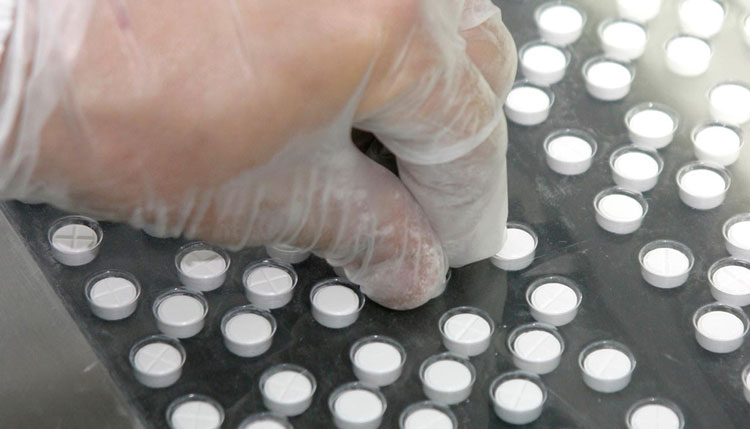
When the moisture content is too low-sourced: polygongroup
When the moisture content in the material is too low, the fluidity will deteriorate. Although lubricants are added, the surface of the particles will be very dry due to the low moisture content. The friction of the material in the tablet will increase, and subsequent tablet compression will be difficult to form.
When the moisture content is too high
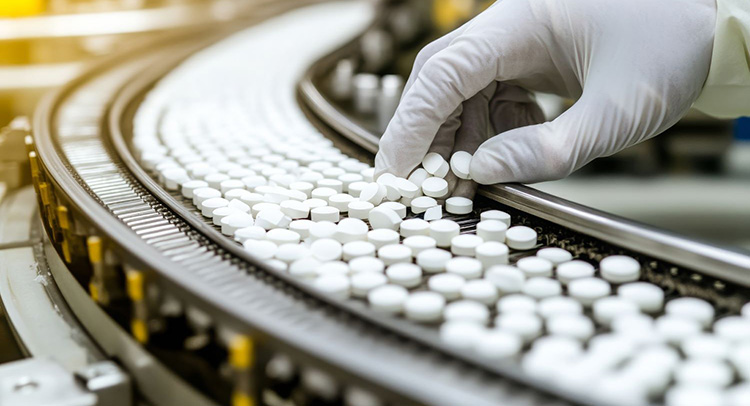
When the moisture content is too high-sourced: theonpharma
When the moisture content in the tablet is too high, the tablet surface will be too wet. During tablet compression, the drug powder is more likely to adhere to the mold and punch of the equipment, resulting in tablet adhesion. At the same time, the low moisture content makes the tablet harder, which is not convenient for human digestion and absorption.
The effects of moisture distribution in the tablet on tablet forming include:
If the moisture distribution in the tablet is uneven, the particles in the tablet powder will have different properties. Therefore, during tablet compression, the part with high moisture content will be easy to stick. The part with low moisture content is easy to crack. Or the binding capacity is insufficient, thus affecting the overall quality of the tablet. And the uneven distribution of water content will easily lead to disintegration and water dissolution problems.
7.What Are The Factors May Influence Tablet Manufacturing?
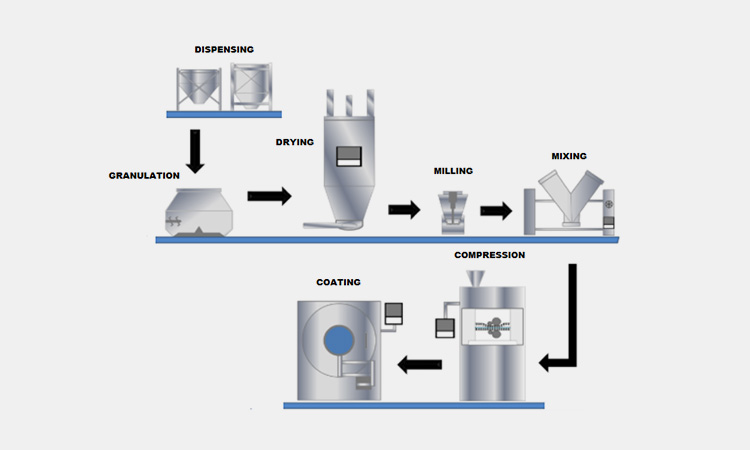
Factors May Influence Tablet Manufacturing-sourced: googleusercontent
A few other things to note are that the following factors also affect tablet manufacturing and molding:
- These include the type of active pharmaceutical ingredient and compression characteristics;
- The physical and chemical stability of the active pharmaceutical ingredient during compression;
- The stability of the drug formulation and the particle size differences between different ingredients;
- The smoothness and high quality of the equipment;
8.What Are The Tooling Problems May Occur During Tablet Manufacturing?
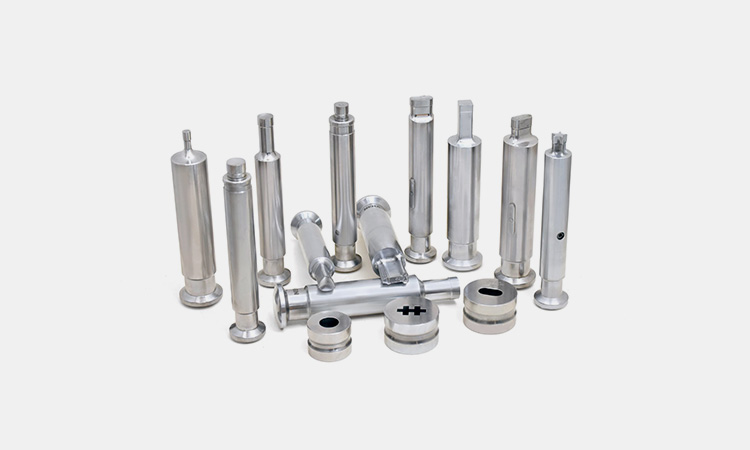
Tooling Problems May Occur During Tablet Manufacturing-sourced: imimg
The following is about the impact of the tools in the tablet press on the production and molding of tablets:
- If the tip of the punch is broken, it will definitely affect the molding of the tablet;
- If the punch is worn, the tablet molding will be greatly affected. This requires regular inspection, adjustment and maintenance;
- Punch sealing. If the equipment punch is not sealed enough, it is easy to cause tablets to be missing or contaminated;
- Equipment is worn or corroded. Many pharmaceutical ingredients have strong corrosive properties. This requires specially customized pressing equipment to handle pharmaceutical materials.
9.How To Avoid The Tooling Problems Of Tablet Manufacturing?
According to the problems described above about tableting tools, the solutions include:
Cleaning
Cleaning-sourced: ruidapacking
Regularly arrange staff to inspect and clean the equipment. Use tools to thoroughly clean and dry all corners of the equipment to the highest degree, so that no residue is left in the equipment.
Evaluation
Evaluation-sourced: ruidapacking
There should be a fairly professional evaluation process. Only in this way can it be determined whether the equipment will affect the subsequent tablet production after cleaning.
Polishing
The surface of the equipment should be polished regularly to keep it smooth. You need to maintain and polish the equipment regularly. This can maximize the life of the tool and the smooth production of tablets.
Lubrication
Lubrication-sourced: machinerylubrication
If you want to maintain your equipment to the greatest extent and extend the life of the equipment, you should lubricate it regularly.
10.What Is Sticking During Tablet Manufacturing?
What Is Sticking During Tablet Manufacturing-sourced: pharmaguddu
Tablet sticking refers to the sticking of the powder in the tablet to the punch and die of the tablet press during the pressing process. As a result, the integrity of the tablet cannot be completely maintained when the tablet is de-molded. This will cause the tablet to fail to form in the end, thus affecting the efficacy and appearance of the tablet.
11.How Is Sticking Caused During Tablet Manufacturing?
This situation is very common in the tablet making and molding process. If this happens later, you need to analyze the specific reasons to avoid affecting your production efficiency and results.
Failure to clean the mold
Failure to clean the mold-sourced: researchgate
After completing the last tablet compression, if the mold and punch are not thoroughly cleaned, the drug powder produced in the previous batch will stick to the mold and punch.
Punch depression
The punch is too depressed. Generally, this is due to poor quality control of the punch and the failure to conduct quality inspection and repair again after using the punch. When the punch is too depressed, the density distribution of the tablet will be uneven.
Instability of active drug ingredients
Instability of active drug ingredients. Some active drugs are very sensitive to pressure and heat. Therefore, if the compression pressure and temperature environment are not properly controlled during the production process, the composition of the active drug powder will be unstable, and the tablet will eventually not be formed.
Excessive ambient temperature and humidity
Excessive ambient temperature and humidity-sourced: advantageairtech
When the ambient temperature or humidity of the tablet is too high, the original powder material of the tablet will become too humid and stick. Eventually, the tablet cannot be completely dried during the compression process, resulting in deformation.
12.How To Avoid Sticking During Tablet Manufacturing?
In the subsequent situation, how can you avoid such problems? First, you can make adjustments from the following ideas:
Choose a suitable formula
First, you need to learn to choose a suitable formula. A suitable formula requires you to choose suitable fillers, adhesives and lubricants, etc. Adjust according to the proportion and reduce the viscosity of the drug powder.
Use a suitable lubricant
Use a suitable lubricant-sourced: pharmaeducation
Use a suitable lubricant. During the processing and handling of tablet powder, you can add appropriate lubricants to adjust the proportion of the formula. This can help the later powder to have better hardness during the tableting process.
Regular cleaning
Regular cleaning-sourced: natoli
You need to clean and maintain molds and punches regularly. This can avoid more powder remaining after using the molds and punches. This will cause the tablets to stick together.
Optimize the design of punches and molds
You can use a simple tablet pattern and avoid using punches and molds with excessive punch depressions, which can reduce the adhesion of tablet powders.
Optimize ambient temperature and humidity
Optimize the air temperature and humidity during tablet production. This can prevent the active ingredients and other substances in the drug powder from being affected by temperature and humidity, making them more moist and causing adhesion. During use, the powder can be dried appropriately.
Conclusion:
In the pharmaceutical industry, tablet manufacturing is prone to defects. Once defects occur, it is important to be able to implement remedial measures in a timely manner. In order to achieve top tablet manufacturing efficiency, you should better understand the reasons why tablets are prone to defects, and then make prevention and adjustments to provide you with the greatest benefits. If you have more questions, please contact AIPAK now!
Don't forget to share this post!
Tablet Press Machine Related Posts
Tablet Press Machine Related Products
Tablet Press Machine Related Videos
CONTACT US
Tell us your raw material and project budget to get quotations within 24 hours.
WhatsApp Us: +86 181 6426 8586
Want the best price & newest pharmaceutical machinery buying guide,tips and trends sent straightly to your box?Sign up for AIPAK’s monthly newsletter,we’re free for your consultation and Offer you the most suitable solutions!
The Buyer's Guide
- Capsule Filling Buyer's Guide
- Blister Packaging Buyer's Guide
- Tablet Counting Buyer's Guide
- Tube Filling Buyer's Guide
- Cartoning Buyer's Guide
- Gummy Making Buyer's Guide
- CO2 Extraction Buyer's Guide
- Empty Capsules Buyer's Guide
- Suppository Filling Buyer's Guide
- Tablet Coating Buyer's Guide
- Tablet Press Buyer's Guide
- Softgel Encapsulation Buyer's Guide
Most Popular
- 7 Importance Of Pharmaceutical Packaging In Different Applications You Must Know
- 6 Advantages You Must Know About Tablet Counting Machine
- 8 Advantages of Blister Packaging You Must Know
- 6 Critical Applications of Automatic Capsule Filling Machine
- 6 Stations You must Know to Improve the Filling Quality of Automatic Capsule Filling Machine
